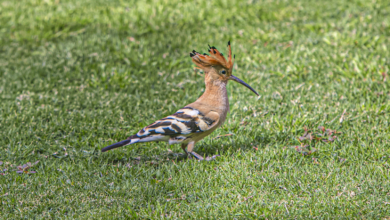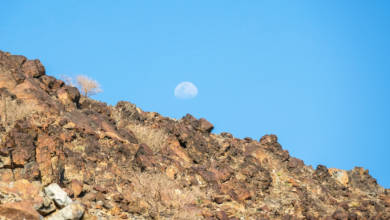Camel or Bactrianus?
Some 50 million years ago a rabbit-sized animal emerged from the wilderness of America and spread north and south. It reached as far as the tip of South America but to the north it went even further, ending up in Asia, at one time connected by a land bridge to North America.
In the course of time the North American ancestor died out but its relatives, migrating south and north, adapted and survived. In South America, they became vicugnas and guanacos, whilst in Asia, they developed into camels.
The animal with two humps is called the Bactrian camel. The Bactrian camel is found from southeastern Europe to northern Asia as far as China but is completely absent in the deserts of Arabia and northern Africa. It is nice to know that the Bactrian camel still roams wild – not merely escaped domestic stock but genuinely wild – in the Gobi Desert!
The one-humped animal, with which we are all so familiar, is called the Arabian camel or Dromedary ( Camelus dromedaries), and its distribution extends from Asia, across the Arabian peninsula, and throughout northern Africa.
The Arabian camel is completely domesticated, and this has probably been the case for well over a millennium. It is thought that it is a later descendant of the Bactrian camel, and that is domestication started as early as 4,000 BC.
For many years camels have been kept by the Bedouin and provided the majority of daily requirements. Not only did the camels serve as beasts of burden, but also provided milk and meat, while its hide was the source of leather.




